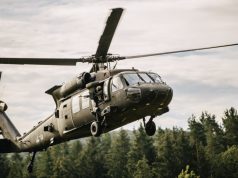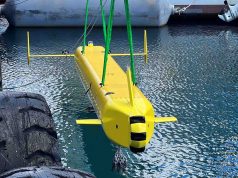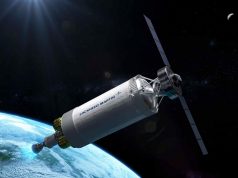A Black Hawk helicopter has completed a flight test with no pilot in the cabin for the first time ever as part of US Defense Advanced Research Agency’s ALIAS (Aircrew Labor In-Cockpit Automation System) project.
The fully unmanned flight follows a flight from April 2021, when a modified S-70 OPV Black Hawk helicopter completed an entire flight without pilot assistance, but with one on board.
According to Sikorsky, the Black Hawk has now executed a 30-minute unmanned mission, demonstrating its ability to adapt to a variety of mission environments.
The uninhabited flight with the optionally piloted vehicle (OPV) took place over the US Army installation at Fort Campbell, Kentucky, on February 5.
According to Sikorsky, the historic flight marked the first time that a UH-60 has flown autonomously and builds on recent demonstrations at the US Army’s Project Convergence 2021.
The Black Hawk flew with the help of the Sikorsky MATRIX autonomy technologies that form the core of ALIAS and can change the way aviators and air crews execute their missions by providing assistance when flying with limited visibility or without communications.

ALIAS is envisioned as a flexible, extensible automation architecture for existing manned aircraft that enables safe reduced crew operations, which facilitates the addition of high levels of automation into existing aircraft. It also provides a platform for integrating additional automation or autonomy capabilities tailored for specific missions.
The Army is currently exploring potential use cases for technologies such as ALIAS, including those outlined in the US Army’s Future Vertical Lift (FVL) program.
DARPA also noted that the ALIAS program plans to conduct the first flight of a fly-by-wire M-model Black Hawk at Fort Eustis, Virginia, within the next month.
“This capability will allow pilots to confidently switch back and forth between autonomy and piloted modes at any point of their mission with the literal flip of a switch,” Benjamin Williamson, lead test pilot for the Fort Campbell event, said.
“This will support autonomous flight during a wide range of missions such as flight in degraded visual environments (DVE) and confined areas. Most critically, ALIAS will be capable of automatically detecting and preventing dangerous situations that lead to accidents, thereby saving lives.”
“With reduced workloads pilots can focus on mission management instead of the mechanics. This unique combination of autonomy software and hardware will make flying both smarter and safer,” Stuart Young, program manager in DARPA’s Tactical Technology Office, added.



























